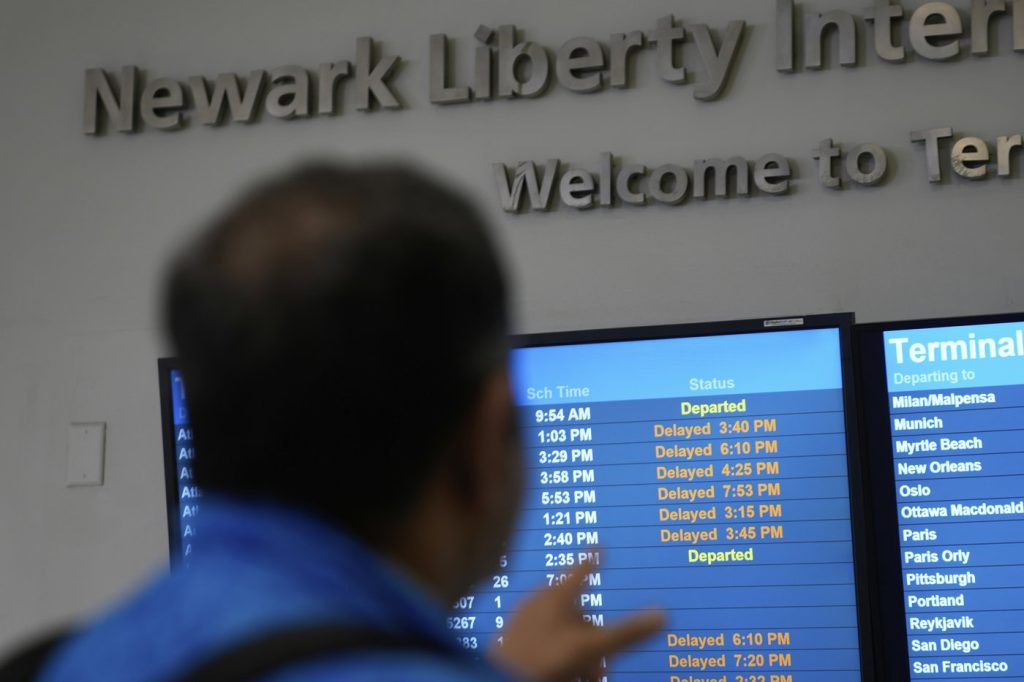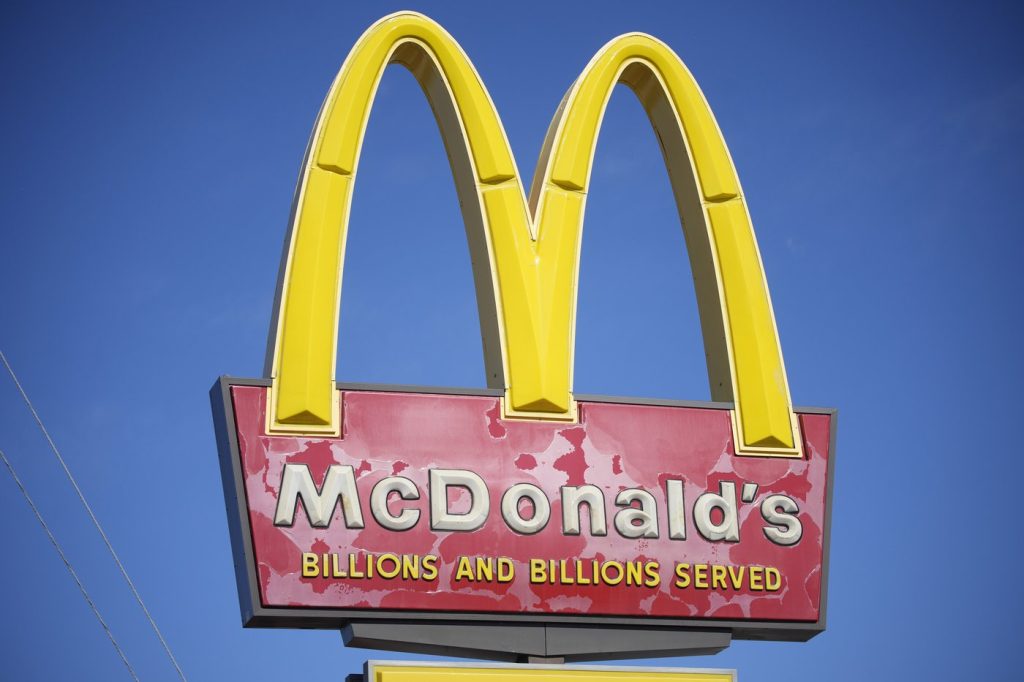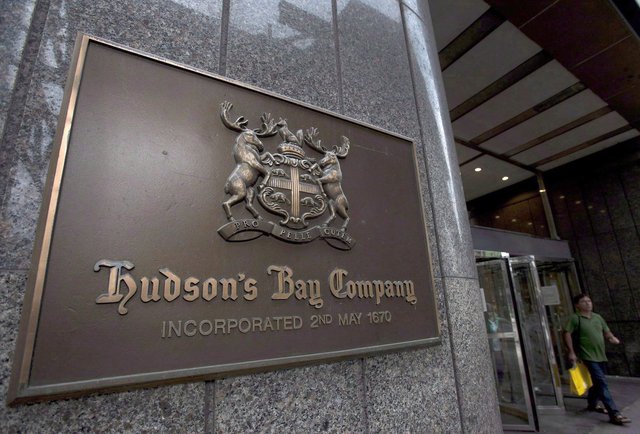A recent software update has successfully mitigated a potential third radar outage at Newark Liberty International Airport, following a telecommunications line failure reported over the weekend. Transportation Secretary Sean Duffy addressed the public during a press conference, attributing recent disruption incidents to the current administration's failure to adequately prepare the air traffic control facility in Philadelphia. He highlighted the importance of addressing lingering hardware issues noted in October and November as a missed opportunity for preventative measures.
The airport experienced significant delays on Monday evening, with average wait times exceeding 1.5 hours. This delay was attributed not to a technical failure but to a shortage of available air traffic controllers, exacerbated by several controllers opting for 45-day trauma leave following the first radar outage. Federal Aviation Administration (FAA) spokesperson Kristen Alsop confirmed that staffing shortages had already led to traffic restrictions at Newark after the initial incident, designed to maintain flight safety amid ongoing runway construction delays.
In response to the telecommunications failure, the FAA applied a software update that was installed Friday night, ensuring that the backup system operated effectively during an incident on Sunday. During previous outages on April 28 and Friday, both radar and communications systems experienced brief shutdowns, which rendered controllers unable to communicate with aircraft. Although the radar remained functional on Sunday, controllers exercised caution and halted all traffic at Newark airport for approximately 45 minutes as a safety measure.
Secretary Duffy announced intentions to launch an investigation into last year’s decision to move Newark air traffic controllers from New York to Philadelphia, seeking to understand why proper preparations were not implemented to prevent connectivity issues. Notably, Philadelphia is about 85 miles (137 kilometers) southwest of Newark. Duffy criticized the Biden and Buttigieg-led FAA, stating that they inadequately strengthened the telecom infrastructure, which was previously known to be unreliable. He emphasized that neglecting to address core infrastructural deficiencies has unnecessarily increased risk factors within the system. Furthermore, he advocated for the establishment of a new radar system in Philadelphia instead of relying on a signal transmitted from New York.
Duffy and former President Donald Trump have drawn attention to the Newark incidents as emblematic of broader systemic failures, prompting the development of a multibillion-dollar plan aimed at overhauling the United States' air traffic control system. While Duffy places blame on the current administration for inaction, he acknowledged that flaws in the air traffic system span several decades, predating even the previous Trump administration. An adviser to former Transportation Secretary Pete Buttigieg countered Duffy's criticism, asserting that he should focus on finding solutions to the current problems rather than casting blame elsewhere. The adviser also defended the Biden administration's efforts to hire more air traffic controllers and address infrastructure challenges.
Last week, Duffy unveiled an extensive plan to modernize the U.S. air traffic control system, which includes the installation of 4,600 new high-speed data connections and the replacement of 618 radar units, although he refrained from providing a specific financial estimate for the initiative aside from acknowledging its significant cost. In response to prior outages, the FAA has commenced the installation of new fiber optic lines at Newark and New York’s Kennedy and LaGuardia airports to replace the outdated copper wiring. These new lines are scheduled for testing over the next two weeks before transitioning to full use.












